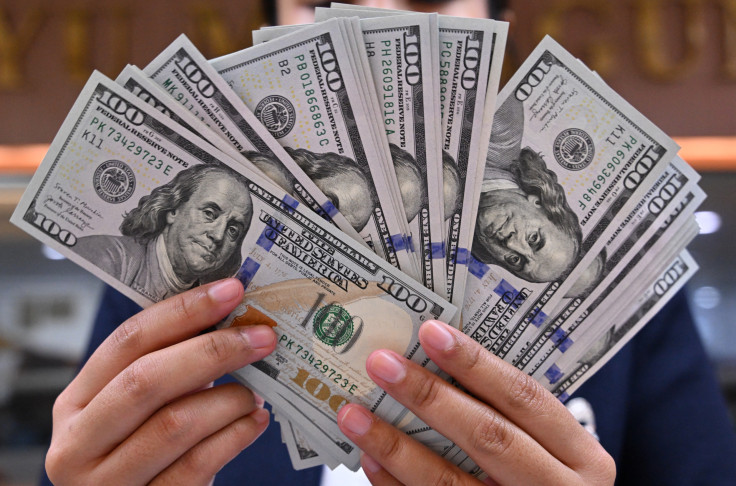Buy Now, Pay Later: The Debt Trap You Didn't See Coming

If you frequently rely on Buy Now Pay Later (BNPL) schemes to cover your needs—and even your wants—you may want to take note of the latest findings from the U.S. Consumer Financial Protection Bureau (CFPB). The study reveals that users of BNPL programs are more likely to accumulate significant debt.
Buy Now, Pay Later (BNPL) loans, generally defined as zero-interest loans repaid in four or
fewer installments ("pay-in-four" loans).
A study by the CFPB, which was released on Monday, showed almost two-thirds of consumers who opt for BNPL to purchase goods or services take out multiple loans all at once. Not only that, the very same individuals who use this scheme for their purchase were said to also have incurred debts in other forms. They have debts on their credit cards, and even personal debts.
The CFBP was able to gather this data through an analysis of 145 million BNPL loans that were applied between the period of 2017 up to 2022. Some of the factors that the agency used were credit score and spending history.
CFBP researchers found out that between 2021 to 2022, the average number of BNPL transactions increased from 8.5 to 9.5. In 2022, 63% of borrowers had more than one BNPL loan at a given time. Out of the BNPL borrowers, there as 33% who took out several from different companies.
The study also showed that consumers who often use the payment scheme hold more debts as compared to those who do not avail of such loans. Those who take out BNPL loans were found to carry $453 more out of their personal loans. Their credit cards do not fare any better as this has a balance of $871 more. These do not even include other existing debts of the consumer.
Since lenders do not usually report loans taken under the BNPL scheme to credit reporting agencies, the CFBP used data on BNPL applications coming from six companies namely, PayPal, Affirm, Afterpay, Zip, Klarna and Sizzle.
Companies offering BNPL schemes have seen low default rates among borrowers. The study found out that there was only 2% of borrowers who defaulted on payments in the period of 2019 and 2022, which was viewed as a likely result of automatic repayment schemes set up by borrowers. This means that payment to lenders is automatically withdrawn from the accounts of borrowers on specified times.
Adam Rust, director of financial services for the Consumer Federation of America criticized BNPL schemes, underscoring that the CFBP report must be regarded as a warning, Payments Dive reported.
"The data shows that BNPL is increasing access to credit for deep subprime consumers, even if they are facing escalating debt burdens elsewhere, and relying on ability-to-collect requirements rather than applying diligent underwriting standards," he said.
A FICO score, which is used by lenders to gauge a person's creditworthiness, range between 580 and 619 is considered subprime, while a FICO score below 580 is considered deep subprime, according to the CFPB.
© Copyright IBTimes 2024. All rights reserved.






















